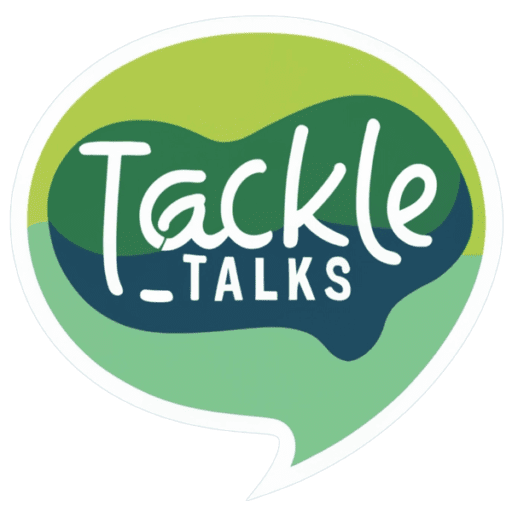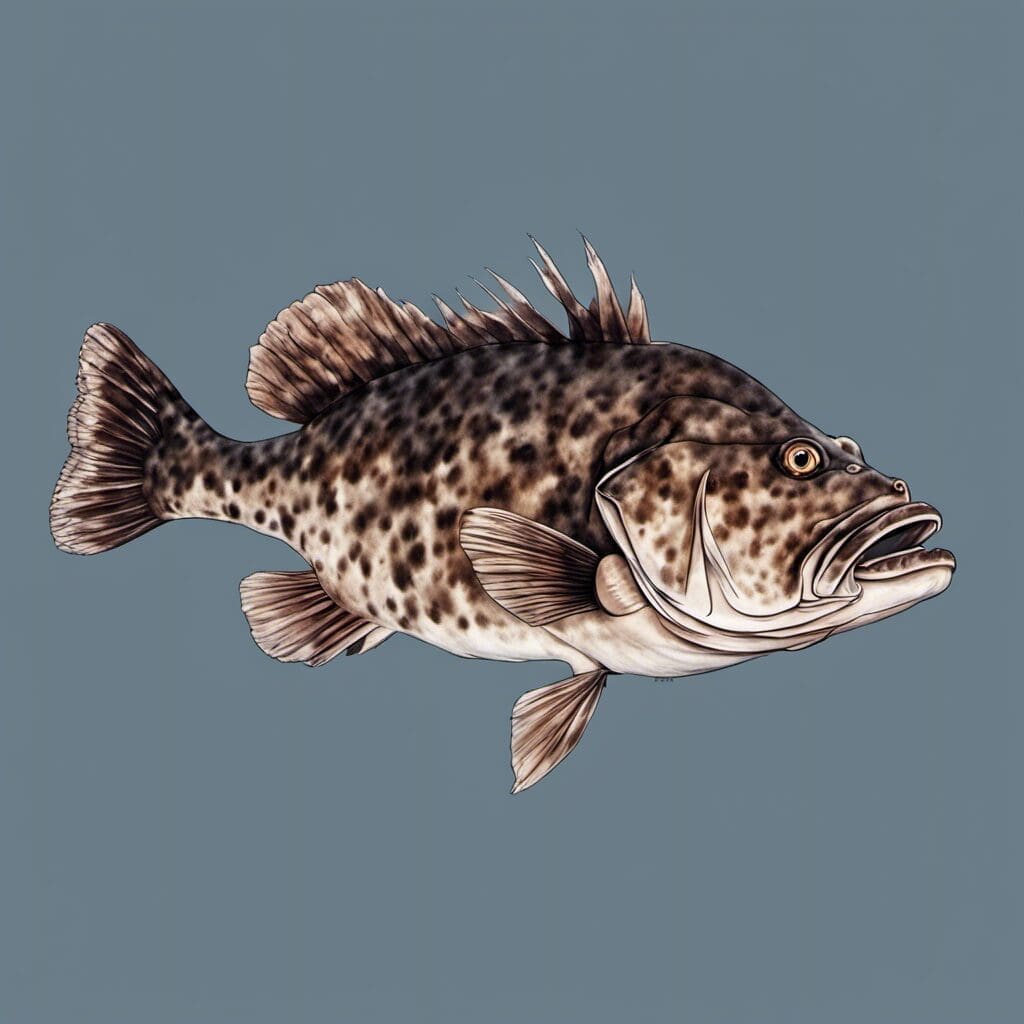Introduction
The Warsaw Grouper, scientifically classified as Hyporthodus nigritus, belongs to the Serranidae family. This species is a slow-growing, long-living large marine fish that is well-known among fishing enthusiasts.
Conservation Status
The Warsaw Grouper is listed as ‘Data Deficient’ on the IUCN Red List, suggesting that more research is required to make an accurate assessment of its total global population. However, the current status of the Warsaw Grouper indicates potential peril, with continuous overfishing leading to a significant decline in this species over the years.
Laws and restrictions have been imposed on Warsaw Grouper fishing in several areas to help sustain their populations. For example, in the Gulf of Mexico, the catch of Warsaw Groupers is regulated by a size limit along with a spawning season closure.
Distribution
Warsaw Groupers are typically found in the western Atlantic from Massachusetts to the Gulf of Mexico, and south towards Brazil, but are more predominant in the Gulf of Mexico.
This species doesn’t migrate, but instead, they are known to be somewhat territorial with juveniles preferring inshore waters and adults preferring offshore waters.
Habitats
These bottom dwellers tend to live in clear and warm marine waters. They are typically found at super deep depths ranging from 55 to 525 meters, with preferable temperatures ranging from 70-80°F.
When and Where to See
Warsaw Groupers usually spawn between the months of July and September. Generally, the best time to see them is during the day since they are known to feed around daytime.
Best Fishing Locations
Top places to catch Warsaw Grouper include:
– Gulf of Mexico, US
– Florida Keys, US
– Flower Garden Banks National Marine Sanctuary, US
– Atlantic Ocean off South Carolina, US
– Piers in North Carolina, US
They are usually found near structured environments such as reefs or shipwrecks. If specific locations aren’t known, look for rocky bottoms or drop-offs where these fish are likely hiding.
How to Catch
Warsaw Groupers can be hooked with a variety of baits, including squid, mackerel, and especially live or fresh dead fish. Bottom fishing is the preferred technique to catch this species. The best fishing season typically aligns with their spawning season, which is in the late summer.
Identification Guide
The Warsaw Grouper is robust and large with a dark brownish or dark grey color, distinguishable by a series of about ten dorsal spines. Unlike its relative species, Warsaw Grouper does not have a black saddle on its tail base or a black dot on its caudal fin.
Culinary
Warsaw Grouper is considered a delicacy and is often used in seafood dishes. Its taste is often described as mild, with a slight sweetness and a firm texture. Nutritional information includes high protein content and low-fat content.
Additional Information
The behavior of Warsaw Groupers entails territorialism, with juveniles sticking to inshore areas and adults being exclusive to offshore. The primary threats to Warsaw Groupers are overfishing and their slow reproduction cycle.
Their cultural significance mostly pertains to sport fishing due to their impressive size and challenging fight, making them a prized catch among anglers.
References and Further Reading
Good sources for more information on the Warsaw Grouper include the Florida Fish and Wildlife Conservation Commission and the FishBase database. The National Oceanic and Atmospheric Administration Fisheries service provides excellent detailed research papers on this species

